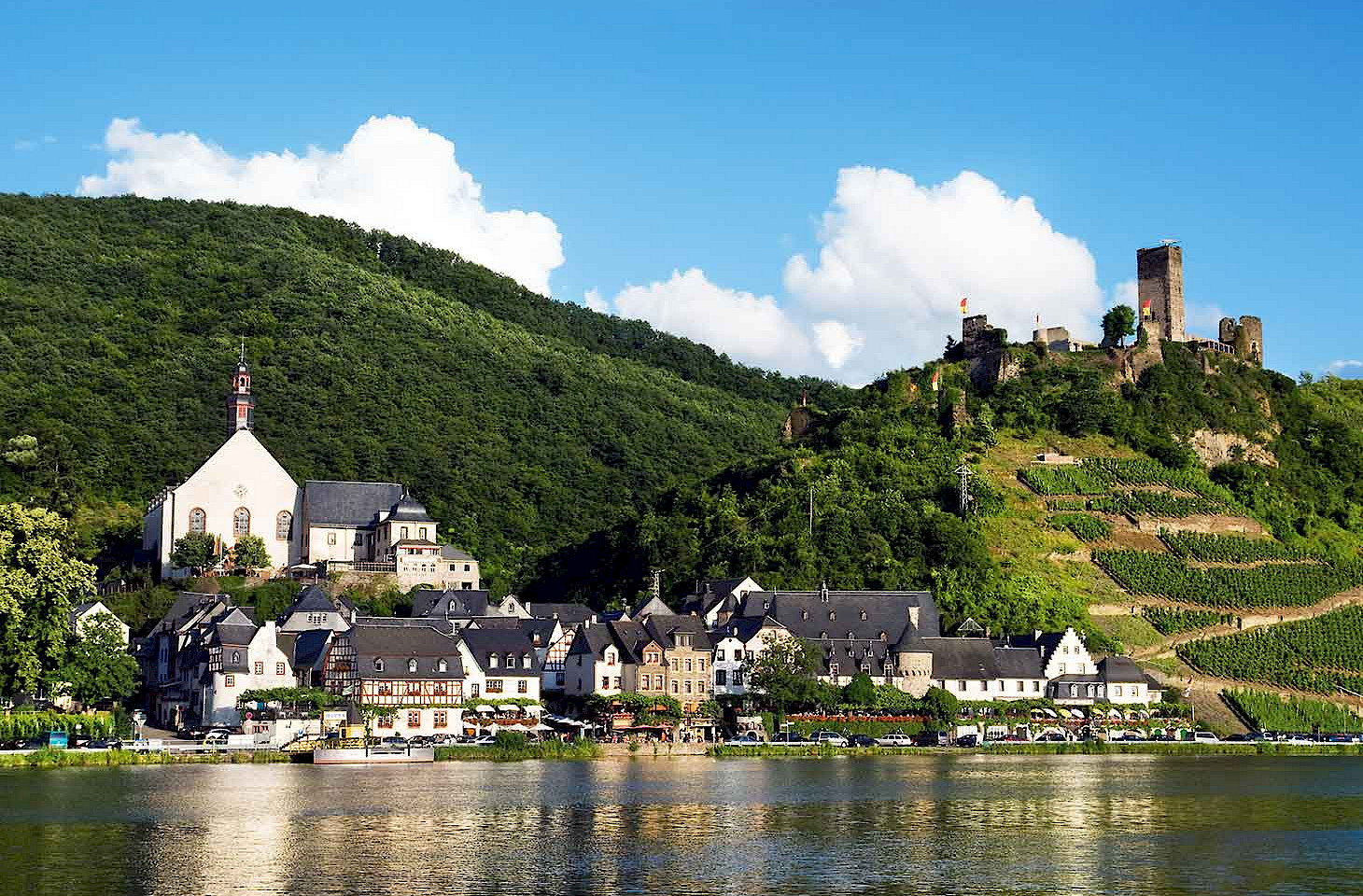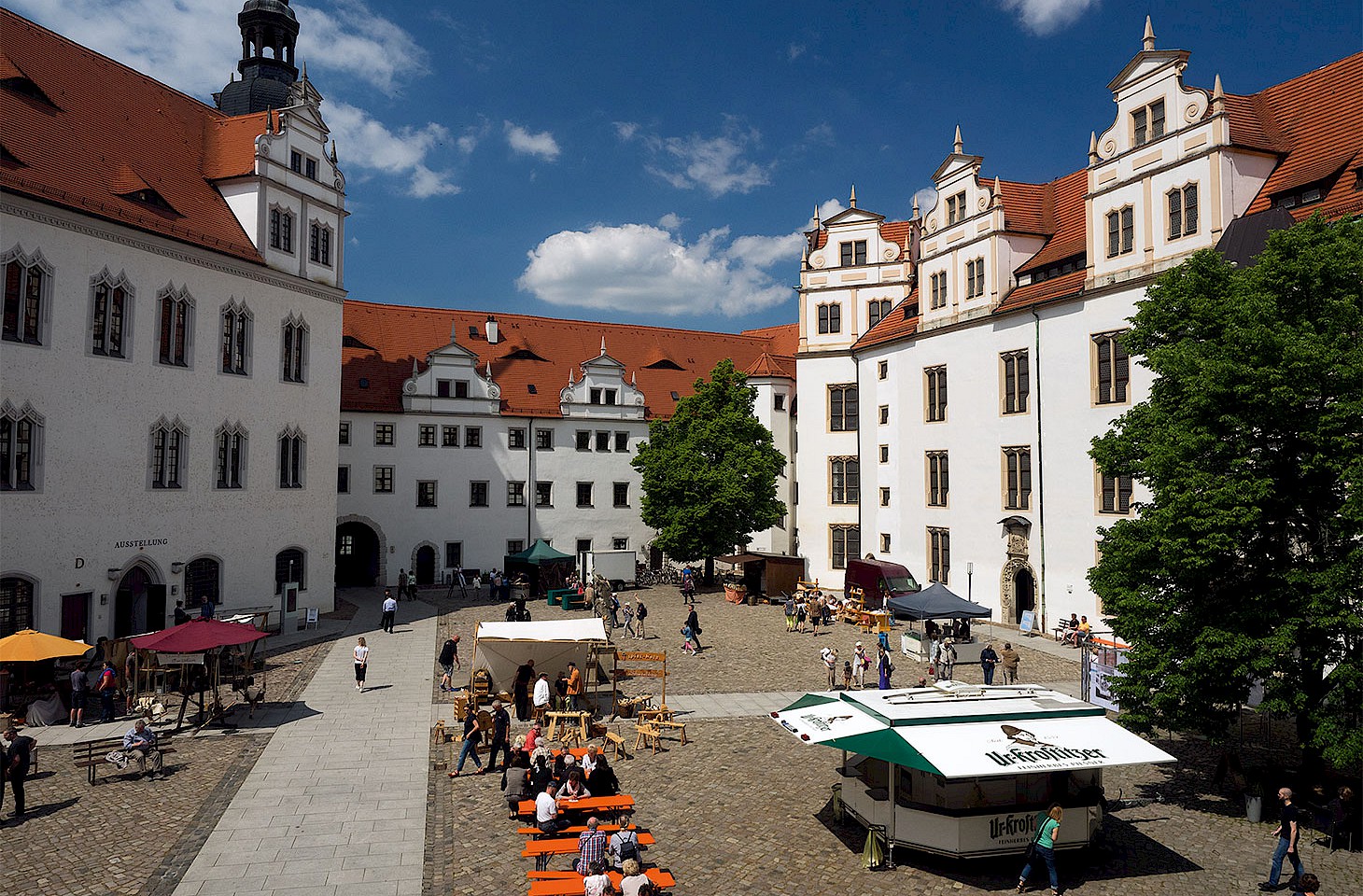Dear fellow travellers
From Ovid's 'Fasti (Festivals)' Book IINeighbours gather sincerely, and hold a feast, / And sing your praises, sacred Terminus: / You set bounds to peoples, cities, great kingdoms: / Without you every field would be disputed.
Today, 23 February, is the Festival of Terminalia - not a date that features prominently in any modern ecclesiastical calendar, but one that was laden with meaning in the Roman world. For Terminus was the deity who presided over boundary stones and border markers in Rome and its provinces. Nowadays, the obelisks and pillars that stand at regular intervals along most of Europe's international land borders often go unremarked by the public.
These coloured guardians of the peripheries of kingdoms and republics stand silent sentinel on river banks and roadsides, and in mountains and marshlands, vigilant markers of nations and national identity. Today's Festival of Terminalia, no longer the calendrical landmark it was in Ovid's day, reminds us that the use of boundary stones as territorial markers is no modern bureaucratic innovation, but has a history that extends back over two millennia.
But even today, in some parts of Europe, there are little pieces of cultural theatre as communities ritually mark their boundaries. Many English parishes will, every two or three years, process around their borders, ensuring that the boundary markers are all in good order. Nowadays, the traditional 'beating of the bounds' has often been transposed to Ascension Day. In the university city of Oxford there is, on that day, a great procession around the town. Just as every third year in London the authorities set out from the Tower of London, stopping at the boundary markers of the city. At each stone the Tower Chaplain proclaims: "Cursed is he who removes his neighbour's landmark."
What might seem nowadays to be no more than empty ritual has echoes of the old Roman custom, where boundary stones were doused with the blood of a freshly slaughtered lamb, fires were lit by each of the principal stones, and there was much carousing and drinking of wine.
No tram to Poland
The border stones that mark the German - Polish boundary are looking rather smart these days. Most have been painted in the last year or two. There are red and white striped posts on the Polish side of the border, while along the German bank of the Oder and Neisse rivers the characteristic red, yellow and black colours of the German flag embellish the border markers.
Relations between the communities on each side of this frontier are not always as perfect as the border posts. A week or two back, the German voters of Frankfurt-an-der-Oder gave a resounding NO to the proposal that their urban tram system might be extended across the river to Poland. The Polish town of Slubice lies on the east bank of the Oder immediately opposite Frankfurt. A massive eighty three per cent of those who voted in the Frankfurt referendum gave the thumbs down to their city council's proposal - and this in a city that styles itself, on account of its border location, as being quintessentially European. Predictably, Polish Slubice gave a rather frosty reception to the dismal news of the decision by their German cousins on the opposite bank of the river.
Add to the Frankfurt referendum the fact that a little to the south all rail services between German Guben and neighbouring Polish Gubin were withdrawn in 2002. Then, to mark the entry of Poland into the EU in 2004, all direct trains from Dresden, the capital of the German State of Saxony, to the Polish cities of Wroclaw and Warsaw were scrapped. One begins to wonder what European integration is all about.
Nicky Gardner and Susanne Kries
(editors, hidden europe magazine)




